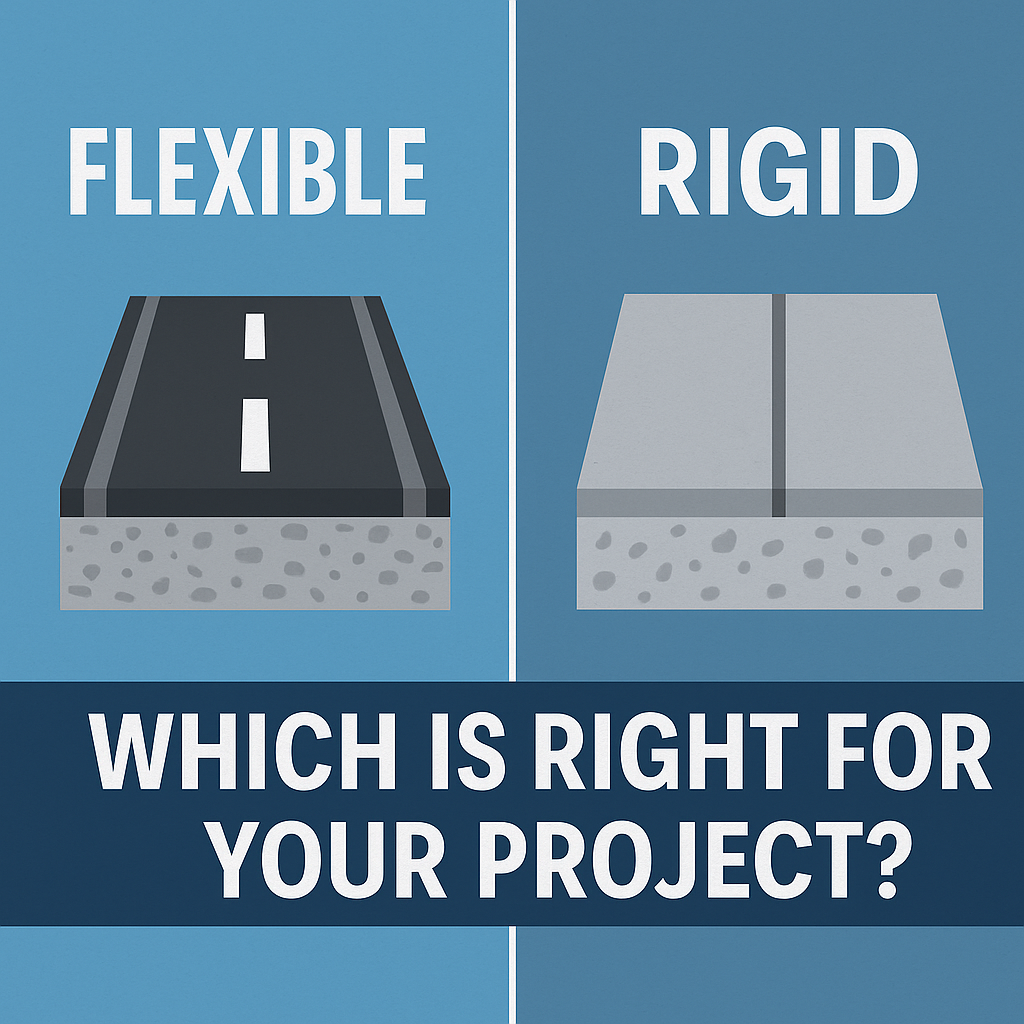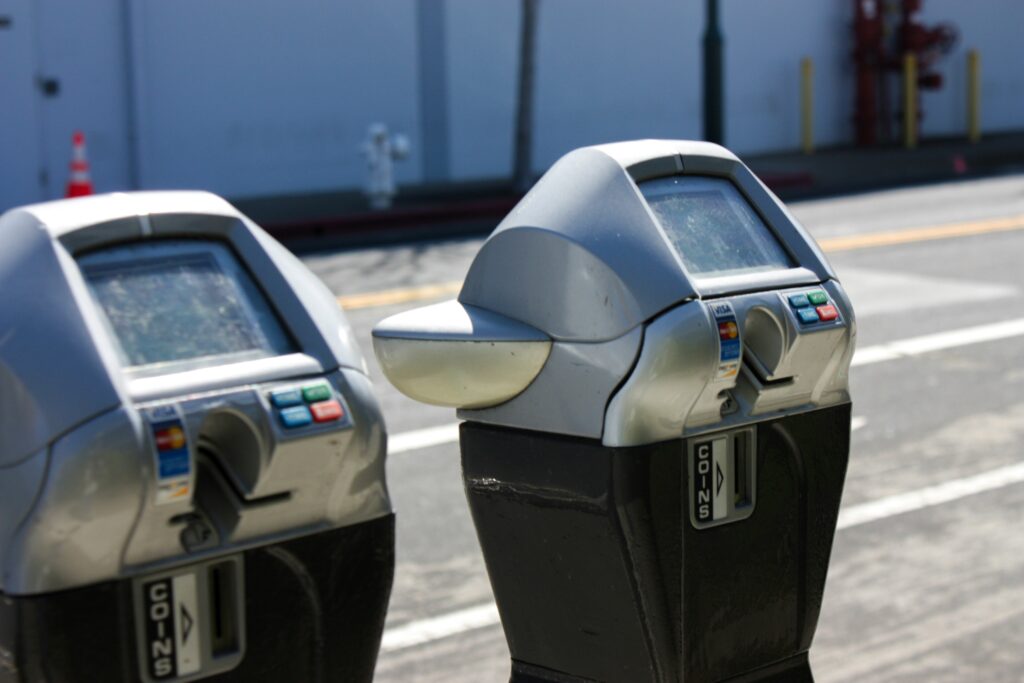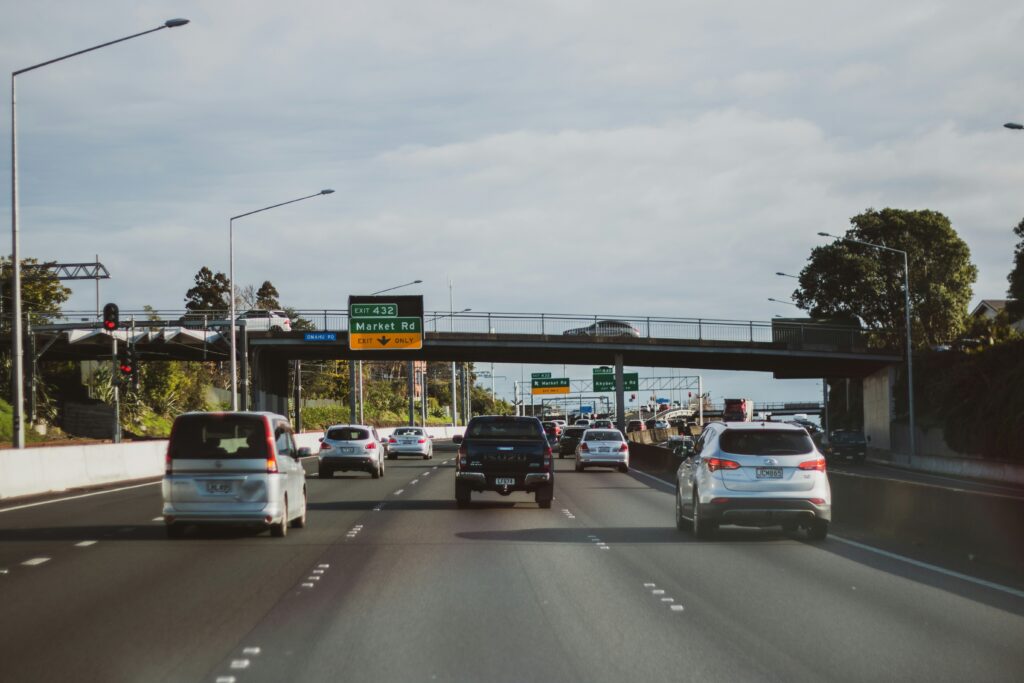Parking Ratio for Commercial Building – Quick Reference Guide
When planning or reviewing a commercial development, parking ratio is one of the most important site design considerations. This ratio, usually expressed as the number of parking spaces required per unit of floor area (e.g., spaces per 1,000 square feet or per 100 m²), ensures that the development can accommodate expected demand without overbuilding costly, […]










